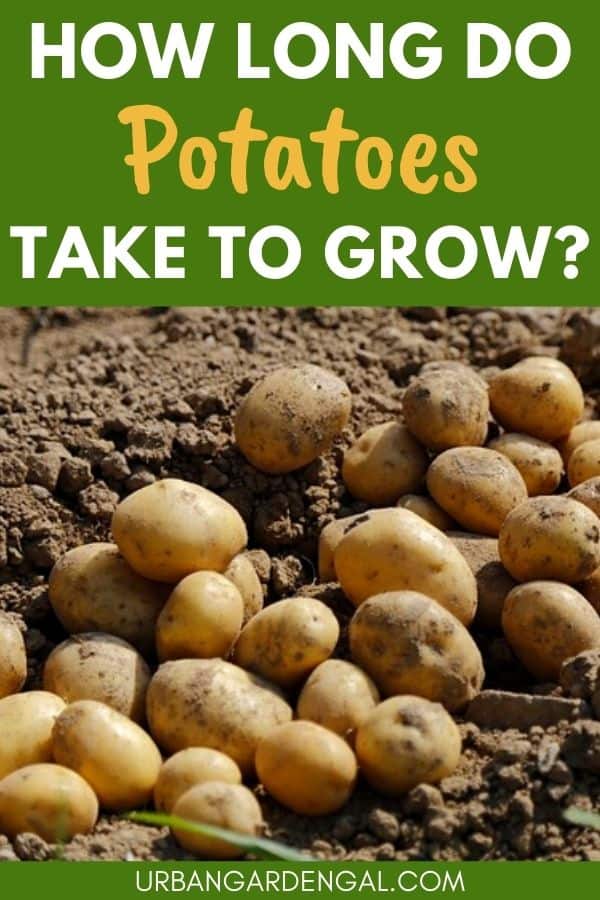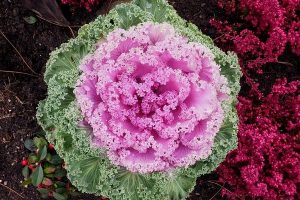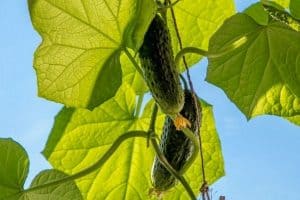There are many different potato varieties with some ready to harvest in just 75 days, while others can take more than 130 days to reach maturity.
If you’ve planted potatoes in your garden and you’re wondering how long it takes for them to grow, you’re sure to find the answer in this article.
This post contains affiliate links. Please read the disclosure for more info.
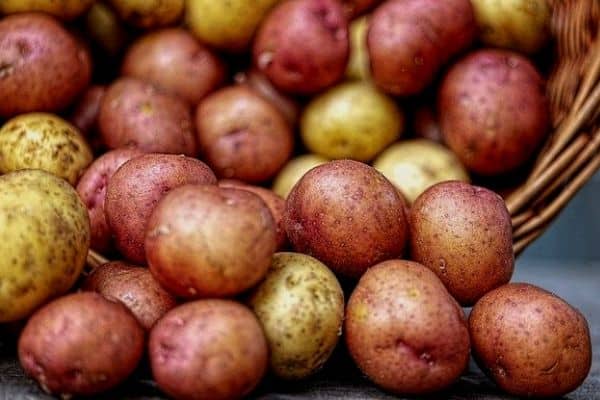
How long does it take to grow potatoes?
New potatoes can be harvested 10 weeks after planting but full sized potatoes can take between 75 to 130 or more days to mature, depending on the variety.
Here are some of the most popular potato varieties grouped by time to harvest:
Early maturing potato varieties (Ready to harvest in 75 to 90 days)
These varieties are ideal for areas with warm summer temperatures.
Rocket – one of the fastest growing potato varieties
Yukon Gold – compact plants that can be planted closer together
Orla – an ideal salad potato that is resistant to blight
Mid season varieties (Ready to harvest in around 100 days)
Kipfler – small potatoes that are ideal for boiling and mashing
Charlotte – waxy texture, ideal for eating hot or cold
Red potatoes – thin skin and ideal for roasting, soups or stews
Late season varieties (Ready to harvest in 120 to 130+ days)
These potato varieties are best for areas with mild summer temperatures.
Purple potatoes – purple skin and flesh, high in antioxidants
Russet – thick skin and fluffy flesh
Désirée – pink skin and yellow flesh. Ideal for mashed potatoes
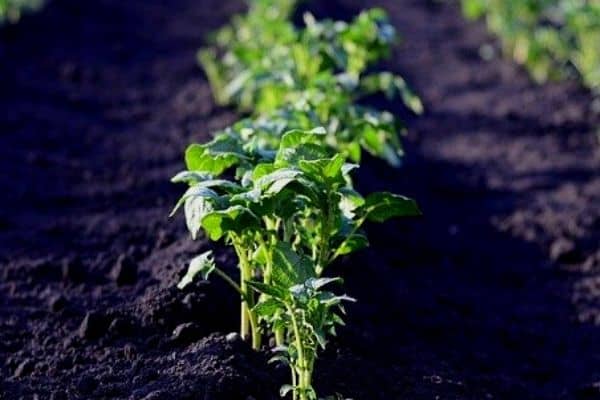
Planting potatoes
Small seed potatoes can be planted whole but for larger potatoes it’s best to cut them into sections, making sure that each section has an “eye.”
Leave the sections to dry out for a couple of days to allow them to callous before planting.
This helps to prevent the potato sections from rotting in the ground.
Plant the potatoes about 6 inches (15 cm) deep and space them out about 12 inches (30 cm) apart.
Potato growing tips
Plant potatoes in a sunny spot in the garden 3 to 4 weeks before your last frost date.
Dig some organic matter into the soil before planting.
Potatoes grow best when the temperature is 60° to 70°F (16 to 21°C).
If you live in a warm climate it’s best to plant an early maturing variety so you can harvest your potatoes before the temperature gets too hot.
Small potato varieties can be planted in grow bags or large buckets if you have limited garden space.

Harvesting new potatoes
New potatoes or baby potatoes can be harvested about two weeks after the plants start flowering.
The skins of new potatoes are thin and peel away easily so they don’t store well.
It’s best to use new potatoes within a day or two of harvesting.
Harvesting mature potatoes
Potatoes are ready to harvest about two weeks after the leaves turn brown and the plants begin to die back.
Leaving the potatoes in the ground for a couple of weeks helps the skin to thicken and the potatoes can be stored for longer.
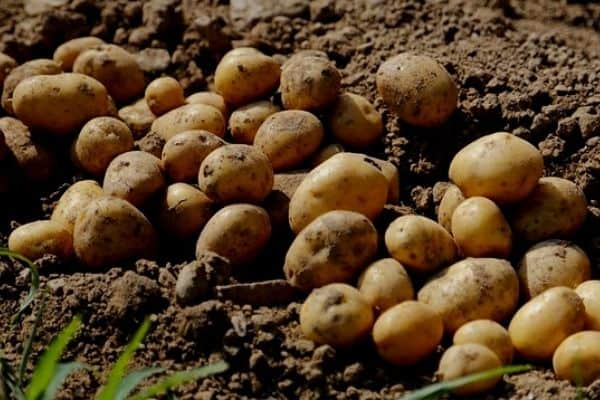
How to get potatoes to grow faster
Allowing the potatoes to grow shoots prior to planting, a process called chitting, helps potatoes to grow faster.
To chit your seed potatoes, place them in a well lit spot for a couple of weeks.
Leave the two strongest shoots and remove the rest before planting.
This will give your potatoes a head start so you can harvest your crop sooner. [1]
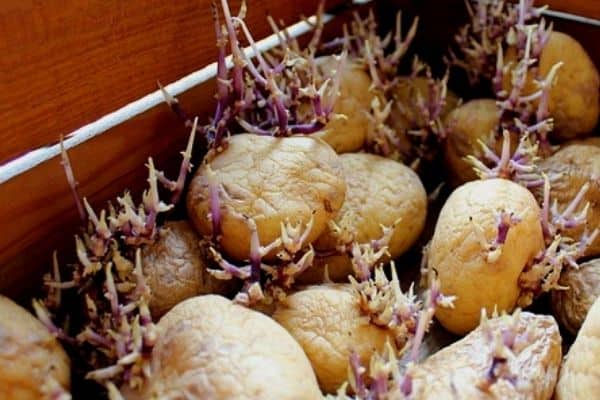
If you were wondering how long it takes to grow potatoes then I hope this article has answered your question.
RELATED ARTICLES
Have you tried growing any of these early, mid season or late season potatoes in your garden? Let me know in the comments below.
Are you on Pinterest? I have boards dedicated to Vegetable Gardens and Gardening Tips that you may enjoy. You can also find me on Facebook.

